Results 1,251 to 1,260 of 12091
Thread: Anandtech News
-
12-05-11, 08:20 PM #1251
Anandtech: Dell Kills 7-inch Streak Tablet
Dell has discontinued its 7" Streak tablet in the United States, the bigger brother of the 5" Streak that it discontinued earlier this year - the official product page for the Honeycomb-powered tablet now says that the product is no longer available online. Dell will continue to sell the Streak in China and other markets.
Dell's decision to take the Streak off the market comes after middling reviews, slow sales, and competition not just from full-featured 7" tablets like the Galaxy Tab, but also low-cost specialized devices like Barnes & Noble's Nook Tablet and Amazon's Kindle Fire. At this point, Dell appears to be pulling out of the Android tablet business in the US, perhaps waiting to see how Windows 8 behaves on such devices before jumping back into the market.
The Streak 7 is still available on some retail sites (like Staples, where it goes for $279 without a contract), but expect those listings to disappear as inventories dry up. Dell hasn't issued an update for the 5" Streak since discontinuing it, so if you get a good deal on its bigger brother in the next few weeks you can probably expect a similar lack of official software updates in the future.
Source: Dell
More...
-
12-05-11, 11:10 PM #1252
Anandtech: Holiday 2011 Midrange System Buyer's Guide
The latest edition of our Holiday 2011 guides focuses on midrange desktops. If you enjoy the prospect of building your own PC or you just prefer the ability to customize every component, we'll have recommendations. We'll outline three different systems at $800, $1000, and $1200, with processors from AMD and Intel.
The first system we've put together is an AMD Llano APU-based PC designed to deliver acceptable gaming performance at medium resolutions as well as great "daily driver" general computing performance. Next up, we cover our latest iteration of a now "classic" i5-2500K build that offers better gaming and computing capabilities for a few hundred dollars more than the AMD build. Finally, we have an i7-2700K rig that focuses on raw computational power and eschews graphics for the time being (though you can easily add your own). So whether you're upgrading or building new, we have suggestions. Read on for more details.
More...
-
12-06-11, 11:20 AM #1253
Anandtech: Intel and Micron (IMFT) Announce World's First 128Gb 20nm MLC NAND
Earlier this year, Intel and Micron's joint NAND manufacturing venture (IMFT) announced it had produced 64Gb (8GB) MLC NAND on a 20nm process. Most IMFT NAND that's used in SSDs are built using a 25nm process - the move to 20nm reduces die size and in turn reduces cost over time. A single 8GB 2-bit-per-cell MLC NAND die built on IMFT's 25nm process measures in at 167mm2, while the same capacity on IMFT's 20nm process is 118mm2. Early on in any new process wafers are more expensive, but over time NAND costs should go down as they are more a function of die size than process technology.
Today Intel and Micron are both announcing a second generation 20nm part at a 128Gb (16GB capacity). This isn't just a capacity increase as the 128Gb 20nm MLC NAND features an ONFi 3 interface rather than ONFI 2.x used in the earlier 64Gb announcement and older 25nm parts. ONFI 3 increases interface bandwidth from a max of 200MT/s (IMFT 25nm was limited to 166MT/s) to 333MT/s. This has a direct impact on sequential read performance for example, as most of those operations tend to be interface bound. Note that when I'm talking about interface speed I'm referring to the maximum speed allowed between the SSD controller and the NAND itself (e.g. an 8-channel ONFI 3 controller would have 8 x 333MT/s interfaces to NAND).
Alongside the faster interface speed is yet another increase in page size. The move to 25nm NAND brought about 8KB pages (up from 4KB), the 128Gb 20nm MLC NAND solution uses 16KB pages. Because of the changes to the interface speed and page size we won't see drives/controllers use the 128Gb devices for another 1 - 1.5 years. The reason for the delay in incorporating this NAND into SSDs is two fold: 1) A 128Gb 20nm die will be pretty big (2x the size of a 64Gb die), and it'll take time for yields to improve to the point where it's cost effective, and 2) a larger page size and new interface both require a revision to the controller & firmware. Intel and Micron have both confirmed that they will not be using the 128Gb parts in SSDs until 2013.
The 128Gb 20nm parts will go into mass production in Q2 2012, giving IMFT ample time to ramp up production and work on yields before more functional deployment inside SSDs. SSD makers (and other consumers of NAND) will be able to get octal die packages using 128Gb NAND, meaning a single package can feature up to 128GB of NAND. This also paves the way for 1TB SSDs with only eight chips, or 2TB SSDs with both sides of a 2.5" PCB populated. The new Ultrabook/MacBook Air gumstick SSD form factor will be able to accommodate 512GB - 1TB of NAND using these 128Gb ODP devices.
While 128Gb parts are still some distance away, 64Gb 20nm NAND from IMFT is in mass production today. Again, don't expect to see the 64Gb parts in use in SSDs until the middle of 2012 however. Controller vendors need time to ensure support for the NAND and validate/cross-their-fingers-and-hope-it-works with their designs. IMFT also needs time to build up inventory and ensure good yields. Remember the 64Gb parts retain the ONFI 2.x support and 8KB page size of IMFT's 25nm NAND.
The big question is endurance, however we won't see a reduction in write cycles this time around. IMFT's 20nm client-grade compute NAND (used in consumer SSDs) is designed for 3K - 5K write cycles, identical to its 25nm process. IMFT have moved to a new cell architecture with a much thinner floating gate. The 20nm process is also a high-K + metal gate design, both of which contribute to maintaining endurance ratings while shrinking overall transistor dimensions.
SSDs have fallen in prices tremendously over the past few years. We're finally approaching $1/GB in many cases. With 20nm NAND due out next year, I'd say we're probably within a year of dropping below $1/GB.
More...
-
12-06-11, 11:40 AM #1254
Anandtech: Microsoft Releases Metro-themed Xbox 360 Dashboard Update
At some point today, Microsoft will issue an update for the Xbox 360 that will roll out the latest set of changes to its gaming console, most prominently a new visual theme styled after the Metro interface on display in Windows Phone 7 and the Windows 8 Developer Preview. This is the first major interface change the system has seen since 2008's "New Xbox Experience" update, which itself replaced the older "blade" interface that shipped with the console.
In addition to the interface update, smaller, less visible changes abound: Kinect voice control allows you to navigate the console and most of its apps. Bing integration will search the console, the marketplace, and even apps for games, music, video, and other content. Beacons let you see what your friends want to play on the console and on Facebook, theoretically facilitating multiplayer matchmaking (you'll be able to share Achievements to Facebook as well). Xbox Live gamertags, profiles, and game saves are now also saveable to the cloud (which gives you about 512MB of storage space), allowing you to access this data from any Xbox 360 you sign in to. A number of TV networks will be bringing their content to the 360 (though, as with ESPN's launch earlier this year, what is and isn't available will depend on a number of different conditions, including your ISP's support). The list, which also includes some 3D support and Skype integration, goes on.
Especially given that the Xbox just turned six years old, this is a surprisingly thorough and far-reaching software update, and it emphasizes Microsoft's strength and experience as a software company (despite their hardware's teething issues). It should be available to all Xbox 360 owners soon, if it isn't already.
Source: Microsoft
More...
-
12-06-11, 03:10 PM #1255
Anandtech: Syabas Launches Popcorn Hour C-300
Syabas launched the second generation version of their BDA licensed unit, the Popcorn Hour C-300 today.
The previous version was based on Sigma's SMP 8643, and the C-300 is based on the SMP 8647. The SMP 8647 SoC (with a 800 MHz MIPS CPU at the core) is also a part of the A-300. Except for the USB 3.0 slave functionality, almost all the interesting aspects of the A-300 are carried over to the C-300.
The C-300's support for an optional built-in BD-ROM enables it to play commercial Blu-rays and DVDs, just like a Blu-ray player. BD-Live functionality is present, though Profile 5.0 Blu-rays are probably not going to play back with full navigation. Compared to the A-300, there are some extra features like support for an RF remote and extra USB ports.
We have had the A-300 review unit for a few weeks and the player is much more stable compared to the Netgear NeoTV 550. There are a few pending bugs in that unit, but none of them are showstoppers. We are waiting for at least one more firmware update before releasing the official review.
As per forum reports, the C-300 should get around 20 - 30 MBps over the GbE port. We observed similar speeds with the A-300 review unit. This is a good improvement over the WDTV Live Hub's 10 - 12 MBps which was the first media streamer with GbE functionality that we reviewed. Like the A-300, the C-300 is also fanless and also has an aluminium body, ensuring noiseless operation. The table below presents a comparison of the features of the C-300 and the A-300.
Like every other media streamer today, we also have an apps market for premium video services. Note that we still don't get HDMI 1.4 or 3D Blu-ray ISO because the SMP 8647 doesn't support it.
The C-300 is expected to ship before Christmas, and it should make an ideal gift for the geeky media streamer fan who also wants full Blu-ray support. Note that Cinavia will be applicable to this unit, as it is an AACS licensed system. However, whether it will be implemented or not is an unknown at this point of time. AACS mandates February 2012 as the cut-off date for all BD players to implement Cinavia. However, it might be only for players manufactured after that date, and it may not make it into previous systems through forced firmware upgrades. We will discuss this further in our official review.
Priced at $349, it is much costlier than the A-300 (at $219). However, this is the price one needs to pay for the full Blu-ray license. Unless you have an absolute need for playing back full commercial Blu-rays, I strongly suggest going with the A-300 (as there is no threat of Cinavia in that model -- perfect for those playing back backups with their media player).
Head on over to the source link for more information and videos of the UI in action.
More...
-
12-06-11, 05:30 PM #1256
Anandtech: Antec Responds to Buyer Concerns, Offering P280 and Eleven Hundred Buyers
In an e-mail announcement, Antec has decided that buyers of their latest cases who don't have USB 3.0 built-in to their rigs shouldn't lose the use of two USB ports. So, interested buyers can contact Antec Customer Support and receive an internal USB 3.0 to USB 2.0 adapter. This won't embue your rig with the great throughput those blue ports normally connote. But if two USB ports just wasn't enough for you, you'll have a solution. The text of the e-mail is below.
To say we’re pleased with the response that the P280 and Eleven Hundred chassis have been receiving would be an understatement but we’re not settling. We have heard the feedback you and your readers have given us regarding the USB 3.0 internal connector. Specifically, some users who are interested in the P280/Eleven Hundred may not have this connector and wouldn’t be able to take advantage of two of the ports on the case.
As a solution, effective immediately, customers may contact us (http://www.antec.com/support (or 1-800-22ANTEC in the US) and request an internal USB 3.0 to USB 2.0 adaptor. All that will be required is a proof of purchase of one of these new chassis
More...
-
12-07-11, 02:01 AM #1257
Anandtech: Introducing AMD’s Radeon 7000M and NVIDIA’s GeForce 600M Mobile GPUs
AMD briefed us last week on several new and upcoming technologies and announcements. We’ve covered the AMD Memory announcement, and next up on the list is AMD’s Radeon Mobility HD 7000M. While we were getting this article ready, we also had NVIDIA launch their updated GeForce 600M parts without so much as a brief heads-up email. There’s reasons for that, which we’ll cover in this article, but we’ll start with a look at AMD’s new mobile parts before getting into the NVIDIA update.
So, what will 7000M bring to the table? Right now, not a whole lot that we haven’t already seen before. Traditionally AMD and NVIDIA have launched their new series of graphics products at the high-end and worked their way down. The high-end GPUs are the flag bearers of a generation, with new architectures being built on these large chips first before lesser products are derived from them. If we group the 7000M with the 7000 series in general (or the 600M with the 600 series), both companies are moving to their “next generation” parts on mobile first. Are we looking at a fundamental shift in the way things are done? Not really; read on to find out why.
More...
-
12-07-11, 06:25 AM #1258
Anandtech: Verizon and AT&T: State of the LTE Spectrum Union
In two deals announced late last week, Verizon Wireless has expanded its spectrum holdings through deals that will give it control over various frequencies, almost all in the AWS space. This in the same week that AT&T had the door nearly entirely shut on them in their efforts to merge with T-Mobile. Though AT&T touted its desire to increase competition, produce more jobs in the United States and provide more and better services for its customers, spectrum was the real target of this acquisition. Ever hungry mobile data customers are the drive for bandwidth, and falling short of meeting your customers needs can be costly to a provider (just ask AT&T). There are several techniques that can be deployed for encoding more bits into each wave, but ask a firefighter what he wants to help fight a fire. More hoses will be the answer everytime, and in wireless that means more spectrum.
Where We Are, Where We're Going
Remember this guy? When Brian spent some time clarifying the HSPA+ state of the HP Veer 4G, he discussed modulation schemes used in current mobile data networks. The most efficient scheme currently in use is 64QAM, which provides enough density to encode a 6 digit binary number into a single wave. The ability to discern similar points in a QAM constellation becomes harder as they become more dense, and with HSPA+ and LTE we are approaching the limits of how spectrally efficient we can be. Going back to our firefighter analogy, firehose comes in various diameters. The larger the diameter, the harder the hose is to control. Implementing 128QAM would add another two bits to each Hz, but increase the burden on each radio to discern between increasingly points on the plot.
What's next then? LTE-Advanced will fulfill the true potential promised by 4G mobile broadband networks, and will do so through a more crowded and complex arrangement than we have now. Right now, your phone is picking up signals from, most likely, more than one cell tower owned by or servicing your network provider. These towers serve many customers over a wide geographic area, and are referred to as macrocells. Your phone utilizes the tower that will provide it the fastest and most reliable connection, and this determination is made using several factors including interference from other near by towers. If you are lucky, your phone will have (if supported) a MIMO connection with low SNR resulting in a high speed, low latency connection.
In Qualcomm's LTE-Advanced scheme, users would be served by a heterogenous network of relay basestations and pico- and femtocells, all operating together to provide fast mobile data that can service ever more customers at once. Unlike the macrocells, these small cells are distributed in an ad hoc manner, being placed in hotspots or coverage gaps. We've seen some of this in the deployment of picocells within AT&T and Apple stores in congested areas. It isn't enough to deploy these cells, though; it also becomes necessary to coordinate their operation with the macrocells, and this is the next step.
Verizon currently operates their network in a 22MHz chunk of the 700MHz spectrum, this is divvied up in a frequency duplexed scheme with 10MHz for downstream, 10MHz for upstream, and two 1MHz chunks at the sides. This all fits nicely with LTE's ability to use varying sized channels, in this case 10MHz serves upstream and downstream fine. Lower frequencies propagate through buildings better, so 700MHz is beneficial in urban areas where customers might not get any single from higher frequency towers.
Now, add in some lower power small cells throughout the range of a single macrocell. Many of these smaller cells will be within buildings, or covering outdoor hotspots (think Times Square and Madison Square Garden). Those smaller cells don't necessarily need to worry about building penetration as they are either outdoors or already within the building they're trying to serve. As a result, that 700MHz frequency becomes less important, though they may still operate on them. Now, add in some of the channels that Verizon is acquiring; particularly a 20MHz chunk of AWS in Minneapolis, MN. Imagine that the whole channel is added for downstream operation. You now have multiple cells, with several channels to choose from, all operating in one geographic area. And that's just for LTE, the PCS spectrum they acquired could be added to their 3G and telephony networks for enhanced voice service and fallback data. One more picture to look at.
Those 20MHz chunks are where LTE really shines. By moving to 20MHz channels, current generation (Cat. 2) devices could more regularly hit their bandwidth limits of 50Mbps and next gen devices (Cat. 3/4) could jump to 100-150Mbps.
The New Land Grab, Spectrum Acquisitions
Now let's breakdown the two deals Verizon's made, and hope will get approved. Cricket Wireless is a regional operator that provides cellular services on spectrum it owns or leases within a given market. This is similar to ClearWire, though Cricket provides telephony services along with data services. Cricket, like ClearWire, intends to move to LTE and wants some of that coveted 700MHz spectrum. It just so happens, Verizon has 12MHz it isn't using in Block A of the 700MHz spectrum covering the Chicago area. So, Cricket gets 12MHz of building penetrating frequencies in the 3rd largest metropolitan region in the US, and Verizon gets 23 PCS and 13 AWS (Advanced Wireless Services) licenses in markets spread across the US. Since each chunk is regional, this won't mean that Verizon will have dozens of 20MHz channels blanketing the whole country, but with this deal alone they will have many 20MHz channels over many markets.
And what's so good about AWS? Mainly, it's available. AWS exists in the microwave spectrum, with downstream bandwidth provided between 2110MHz and 2155MHz, and upstream bandwidth provided between 1710MHz and 1755MHz. It was first put up for auction in 2006, and was almost entirely scooped up by T-Mobile for its 3G network.
The key to this deal is that Cricket isn't actually doing anything with these channels, nor is Verizon doing anything with their 12MHz. The FCC generally frowns on deals that will adversely affect customers of a service. So if Cricket were giving up their only operating frequency in Fresno, CA, there might be some push-back. As it is, the FCC shouldn't have anything to complain about. Indeed, by exchanging 700MHz spectrum they are basically creating an honest to goodness competitor in the Chicago area. And just to bear out how important these AWS acquistions are, Verizon is also throwing in $100 million to help build out Cricket's LTE network.
Spectrum Co. is a joint venture between Comcast, Time Warner Cable and Bright House, and was formed to manage a large portfolio of spectrum that could be used by the wired telcos to branch out into wireless services. The venture went nowhere, and it seems the trio is ready to cash out. So, for $3.6 billion Verizon will be purchasing a 122 AWS licenses that undoubtedly cover some of the largest markets in the US. This won't be a straight sale, either. Verizon is essentially entering a partnership with Spectrum Co. that will enable them to directly sell Verizon services, or purchase them wholesale for use under their own branding.
Since all 122 of these licenses was being unused, the FCC won't be concerned about a loss of service to customers. What might strike some alarms is the notion that the largest cable telcos are going to be locked into offering only one wireless provider's services. This is obviously a strategic win for Verizon, but might be looked down on by regulators. It will be curious to see whether this is the end of Verizon's buying spree, there's only so much spectrum out there.
And AT&T? AT&T is awaiting approval from the FCC on their purchase of Qualcomm's MediaFLO 700 MHz spectrum. Qualcomm having bowed out of the mobile TV business is letting this slice of spectrum sit idle, so this deal should be approved any day now. The purchase of T-Mobile is a different story altogether. Though becoming the number one wireless provider in America has its appeal, the acquisition of spectrum is the driving force behind this deal. Combining AT&T's block of 700 MHz spectrum with T-Mobile's nationwide AWS spectrum would boost their LTE competitiveness. Mergers of this type receive thorough evaluation from technical, legal, consumer and anti-competitive perspectives. In their recent Staff Report, the FCC opined that while AT&T's competitiveness will improve, the merger will negatively affect the public and lead to higher prices. The release of this report succeeded AT&T and T-Mobile withdrawing their application with the FCC, after Chairman Genachowski requested that the merger be put through a hearing to determine approval. AT&T will continue their merger efforts with the Department of Justice, in the hopes that a positive result there could sway the FCC in a future submission. So overall, it looks a little grim at AT&T right now.
Wrap-up
LTE isn't going to get too much better at using the spectrum we feed it. To that end, if more and more customers are going to be demanding more and more mobile data, the only solution is to feed the beast. Verizon had a headstart with the first US LTE network, which celebrated its first birthday the other day. Now Verizon is taking the next step and, should the AT&T/T-Mobile merger fall through, may end up with a commanding lead in LTE spectrum. What remains to be seen is how this will play out for the consumer. If wireless providers follow the lead of their wired kin, we could end up with high prices to take advantage of this high performance. That sounds logical, until you see how poorly US broadband speeds scale with their price; $200 for 105 Mbps just isn't balanced against $42 for 1.5 Mbps.
More...
-
12-07-11, 09:00 AM #1259
Anandtech: Verizon and Motorola Introduce Xyboard 10.1 and 8.2: Xoom Sequels
If you thought the Xoom name left something to be desired, Verizon's branding of the Xoom 2 line as the Droid Xyboard (pronounced like "cyborg") line isn't going to perk you up. Regardless, in a release today they announced the 8.2" and 10.1" Xyboard variants would be launching alongside a white Droid RAZR variant. Though unconfirmed, it's likely that all three devices are running the same TI OMAP 4430 clocked at 1.2 GHz, each with 1GB of RAM and all promised to be upgraded to Ice Cream Sandwich in due time. At present though, buyers will make due with Android 3.2 in the tablets, and Gingerbread in the RAZR. The new tablets owe more than their internals to the RAZR, as the design language closely mirrors that of the phone.
The Xyboard 8.2 is being targed towards media consumption, with 2.1 surround sound built-in and touting HD Netflix streaming. Each tablet features an IPS 1280x800 display, and are supposed to be significantly thinner than their predecessor. LTE is, of course, offered, and pricing on a two-year contract remains impressively high. But if you hate square corners and are looking for a 4G tablet to sate your LTE-loving heart, the Xyboards will be available sometime this month, with a starting on-contract price of $429 and $529 for the 8.2" and 10.1" tablets, respectively.
Gallery: Verizon and Motorola Introduce Xyboard 10.1 and 8.2: Xoom Sequels

More...
-
12-07-11, 09:50 AM #1260
Anandtech: Microsoft Announces Windows Store Details
In an announcement aimed squarely at developers, Microsoft's Antoine Leblond and Ted Dworkin yesterday revealed some hard details for the upcoming Windows 8 app store. Using Apple's and Android's various app stores as a point of reference, Microsoft has come up with terms that aim to address common complaints about the app store model.
First, the money: registration fees for individual developers will cost $49, and $99 for companies. When a paid app is first posted to the store, the revenue will split between the developer and Microsoft using the standard 70/30 ratio, but for apps that make more than $25,000, the split will change to 80/20 in favor of the developers. Unlike the Mac App Store, Microsoft will also allow both time-based and feature-based trial versions of apps in its store, which can be upgraded in-place to the full version if the developer supports it. Paid apps can start at $1.99 and cost up to $999.
The approval process for apps looks to be a more developer-friendly version of Apple's system: Windows 8 will be a curated platform, which should help curb some of the malware problems that Android is having. However, criteria for approval are clearly laid out even at this early date, and developers whose apps are rejected will be given feedback on what changes they'll need to make to get approved. Developers can also get status updates on exactly where they are in the approval process (all of this sounds pretty good, though Microsoft's rules for things like Xbox Live games and patches have drawn some criticism from developers for their inflexibility).
For both advertisements and in-app purchases, Microsoft offers its own platforms but does not mandate their use. If a newspaper or magazine publisher has an existing database of its users and a pre-existing authentication system, that publisher is free to continue using them in its app. Apple began mandating the use of its systems for in-app purchases earlier this year.
Lastly, as usual, Microsoft spent some time assuaging the fears of its enterprise customers: via group policies and PowerShell scripts, domain administrators can both permit and deny access to the Windows Store and to individual apps, and can also deploy Metro apps directly to PCs without using the Windows Store at all. This functionality could be particularly useful for volume-licensed apps.
The Windows Store will make its first appearance in the Windows 8 Beta, which should be available at some point in February of 2012. Microsoft has announced a "First Apps" contest, through which developers that submit their apps before January 8 will have a chance to have their app featured in the beta store. Microsoft will allow only free apps in the store during the beta period, so users will have a good chance to dig around and see what Metro apps will be like.
Source: Windows Store for Developers blog
More...
Thread Information
Users Browsing this Thread
There are currently 13 users browsing this thread. (0 members and 13 guests)




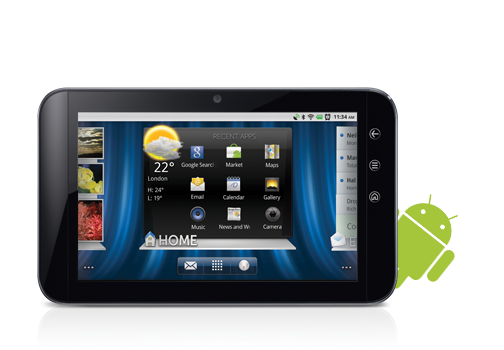

 Quote
Quote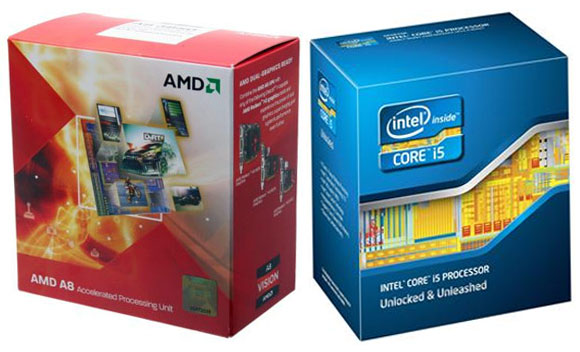
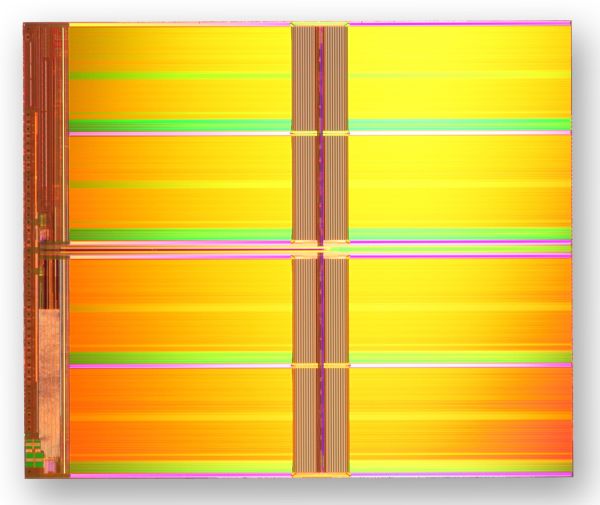
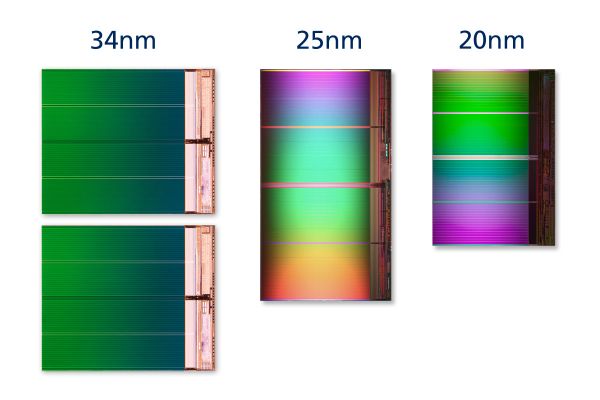
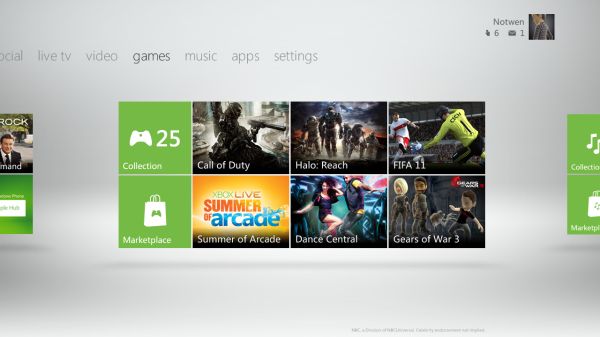
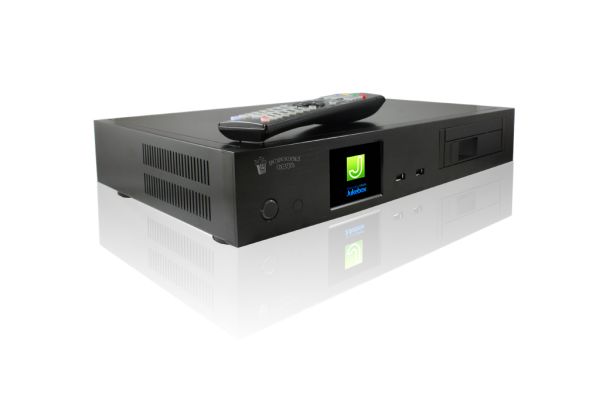
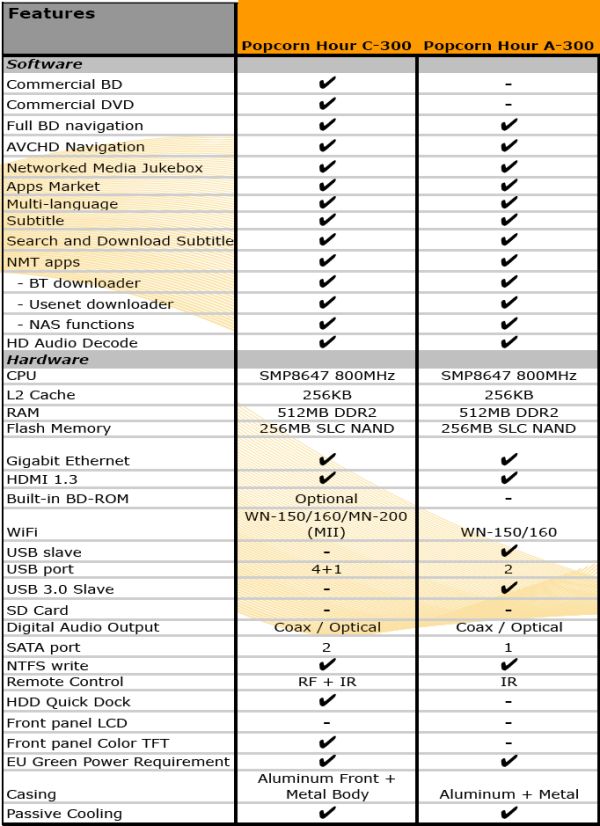
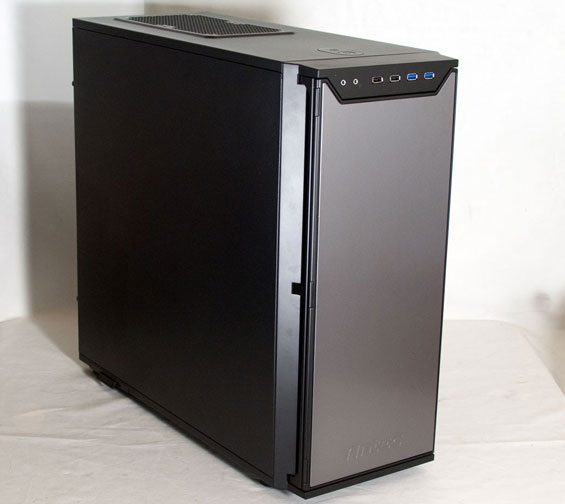
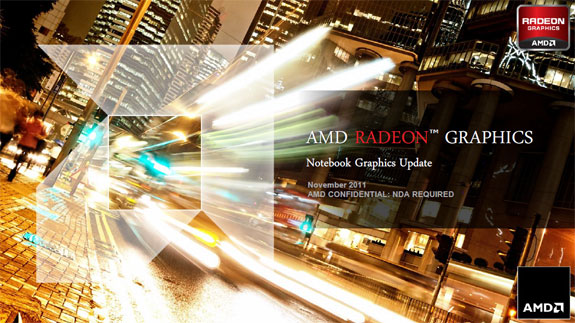

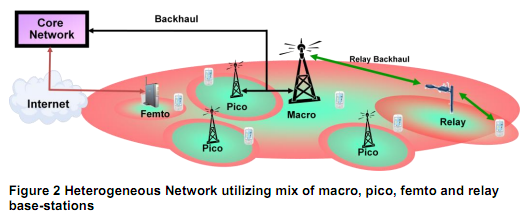
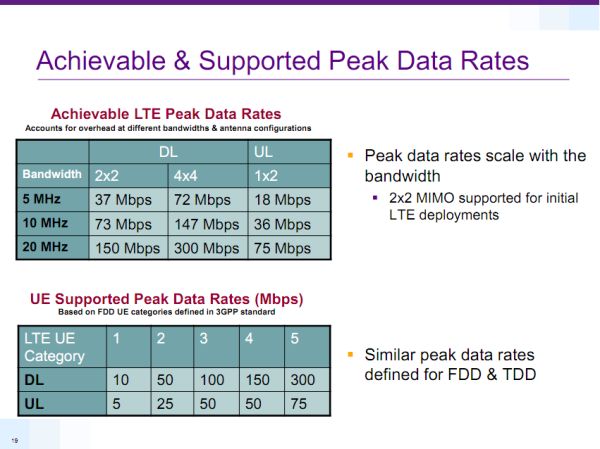
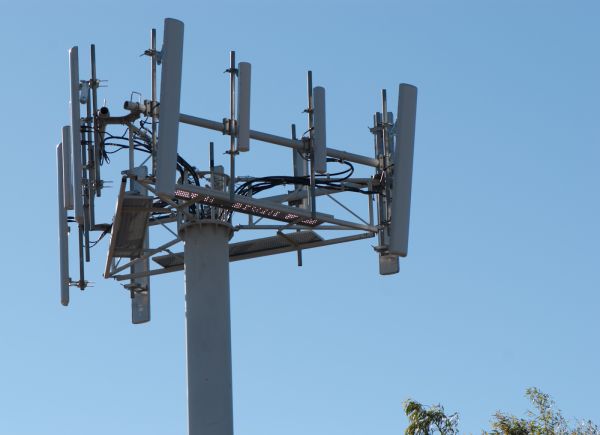


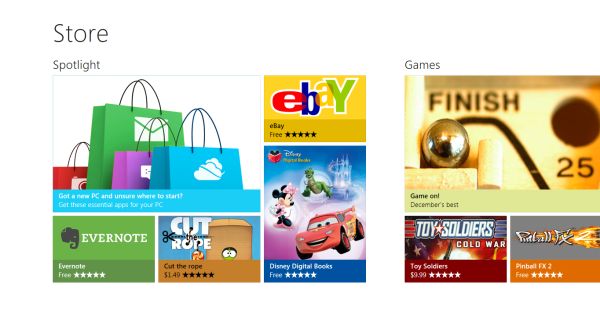
















Bookmarks